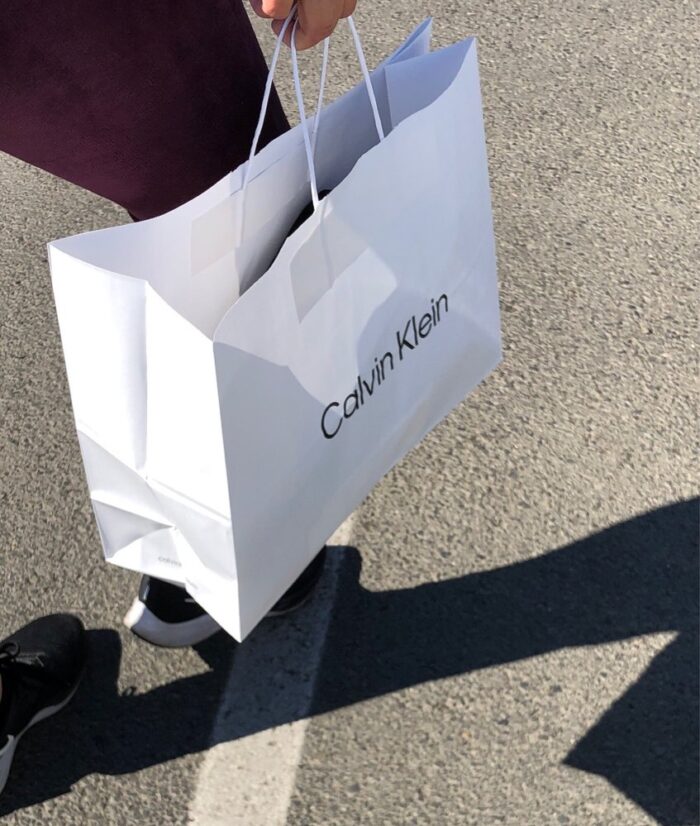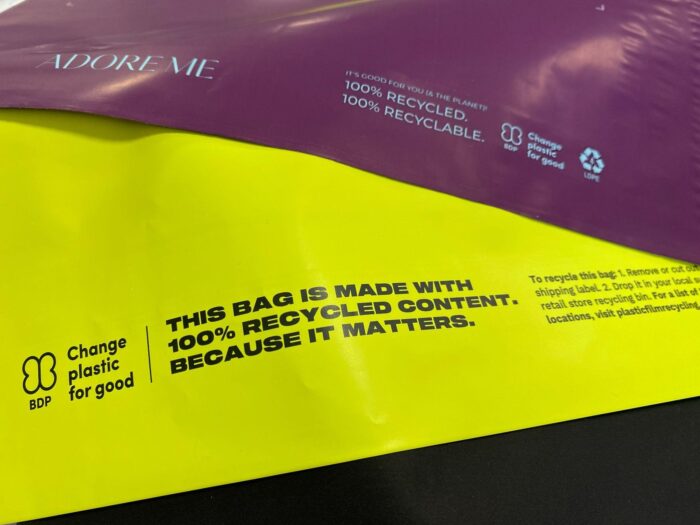
Packaging Supply Chain Trends to Watch
Key drivers of supply chain process improvement have shifted from profit maximization and cost minimization to a stronger focus on customer service and long term partnerships. According to Forbes, supply chains that focus on customer experience management report higher satisfaction, customer loyalty, fewer service complaints and higher risk-resiliency.
Today’s packaging buyers understand that storage, handling, and transportation decisions based on price alone are not enough: the level of personalized service they can count on is equally – if not more so – important. Thus, they are embracing new strategies that will help drive profits and build risk-resilient supply chains through strategic packaging procurement partnerships.
This blog explores 4 trends we see shaping packaging supply chain optimization in the years to come.
4 Trends Shaping Supply Chain Optimization in Packaging Procurement
Due to post-COVID-19 complications, unpredictable disruptions, and evolving regulations, businesses have learned to be more proactive than reactive in their supply chain management. This includes everything from sourcing raw materials or goods to manufacturing to storage and shipping. Supply chain management encompasses product design and development, sourcing, engineering, logistics, as well as tracking. Optimized packaging procurement is also an important aspect of supply chain optimization. This section offers you insights into how supply chain and packaging procurement trends are evolving for the better.
1. Circular Economy
- As environmental consciousness continues to rise, businesses are increasingly investing in circularity – a sustainable approach to the supply chain that reduces resource consumption, waste generation, and CO2 emissions. Circularity involves reusing ostensible waste materials, returns, and other wasteful byproducts as much as possible. With green consumerism on the rise, more businesses are expected to implement eco-friendly supply chain processes in future, thus paving the way for a more sustainable future.
Sustainable packaging is one area that will help e-retailers optimize the value of their supply chains, acquire more customers, and boost loyalty. Various studies show that consumers are consciously factoring their buying decisions on sustainability. The CGS 2019 US Consumer Sustainability Survey found that 70% of the respondents considered sustainability as an essential aspect and 47% of respondents were ready to pay up to 25% more for sustainable products.

PVH, the brand that owns Calvin Klein, is the first apparel retailer to join the How2Recycle Initiative, and is committed to providing packaging made of 100% sustainable and ethically sourced materials by 2025. Currently, 75% of their packaging is recyclable, which has helped them save over 200 tons of plastic annually.
Vela Bags by Seaman Paper is a transparent biodegradable paper apparel bag, which is being hailed as a sustainable option over single-use plastic poly bags. Primarily used for garment packaging, these bags made from transparent FSC® certified paper are expected to gain popularity.



Ombraz, a leading eyewear brand, not only offers their sunglasses in recyclable packaging, but also has partnered with Eden Reforestation Projects to plant 20 mangrove trees for every pair of sunglasses they sell.
In addition to the above efforts, many companies are incorporating BDP® in their packaging programs. BDP®, introduced by a non-profit group called Change Plastic for Good, is hailed as the sustainable future of plastic. It is a revolutionary ingredient that accelerates the breakdown of plastic materials in nature. BDP® polymer features organic nutrients and compounds, which break down easily and serve as food sources for microbes in the soil. Although BDP® was first incorporated in plastic shopping bags, today, businesses use them in poly mailers and other packaging materials to create sustainable packaging solutions.

2. Supply Chain Customization
The global business environment is getting increasingly complex due to rapidly evolving technologies. Many supply chains are slow-moving and do not contribute to the profitability or performance of an organization. Thus, companies are finding new ways to optimize this area of their business. Retailers are investing in warehouses, shippers are buying new containers, companies are chartering vessels for logistics, and those unhappy with online sales are partnering with e-commerce fulfillment operators. Additionally, traditional truck delivery costs have pushed many shipping giants to embrace air freight, which was previously considered cost-prohibitive.
Going forward, logistics companies that offer customizable solutions that add value and transparency to their clients such as customized reporting, inventory management, cross-docking and drop shipping, and user-friendly online interfaces for store-by-store orders will be well positioned to support packaging buyers.
3. Centralized Packaging Distribution
Last mile delivery is one of the key challenges in supply chain management. Last mile delivery is the distance the product travels between the distribution center and the customer. Centralized distribution is a popular supply chain model, which most businesses are familiar with. In this model, the operations are usually limited to a central location. In case of multiple delivery locations, the hubs may be located to handle time zones – east and west or area-specific product lines. Fewer delivery locations make the system and process standardization much easier. These centralized distribution centers help lower operating costs and ensure improved customer care. Centralized distribution also helps improve product availability. Companies that also invest in Enterprise Resource Planning (ERP) and Product Lifecycle Management (PLM) tools will see an improvement in supply chain oversight and efficiency. These tools enable businesses to connect with every player in the supply chain and optimize production workflows as well as gain insights on compliance, quality, and customer satisfaction.
4. Outsourcing Packaging Procurement
- Outsourcing packaging procurement helps build resilient supply chains. The type of packaging used by a company can have a significant impact on their brand value, profitability, and customer experience. The cost of packaging is affected by different factors, such as the type of material used, print and design, and of course, logistics. By outsourcing packaging procurement, businesses can speed up their time-to-market and minimize their operational costs, without compromising on quality. An experienced strategic packaging vendor would know how to offer the best packaging solution while navigating the challenges brought by material shortages, port congestions, and socio-political conditions. The right supplier can help understand the nuances of different packaging materials, machines, tooling costs, color matching, and so on. They can also provide answers for any problems or questions a buyer may have throughout the packaging production and manufacturing process, ultimately leading to better choices to support business goals.
Conclusion
Circular economy, supply chain customization, centralized packaging distribution, and outsourcing are some supply chain optimization trends that are here to stay. Contact our experts at Creative Retail Packaging to see how we can help you maximize your supply chain and improve your packaging procurement strategy.